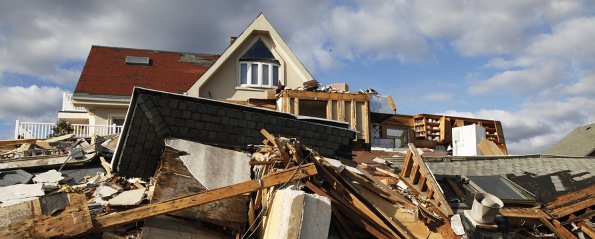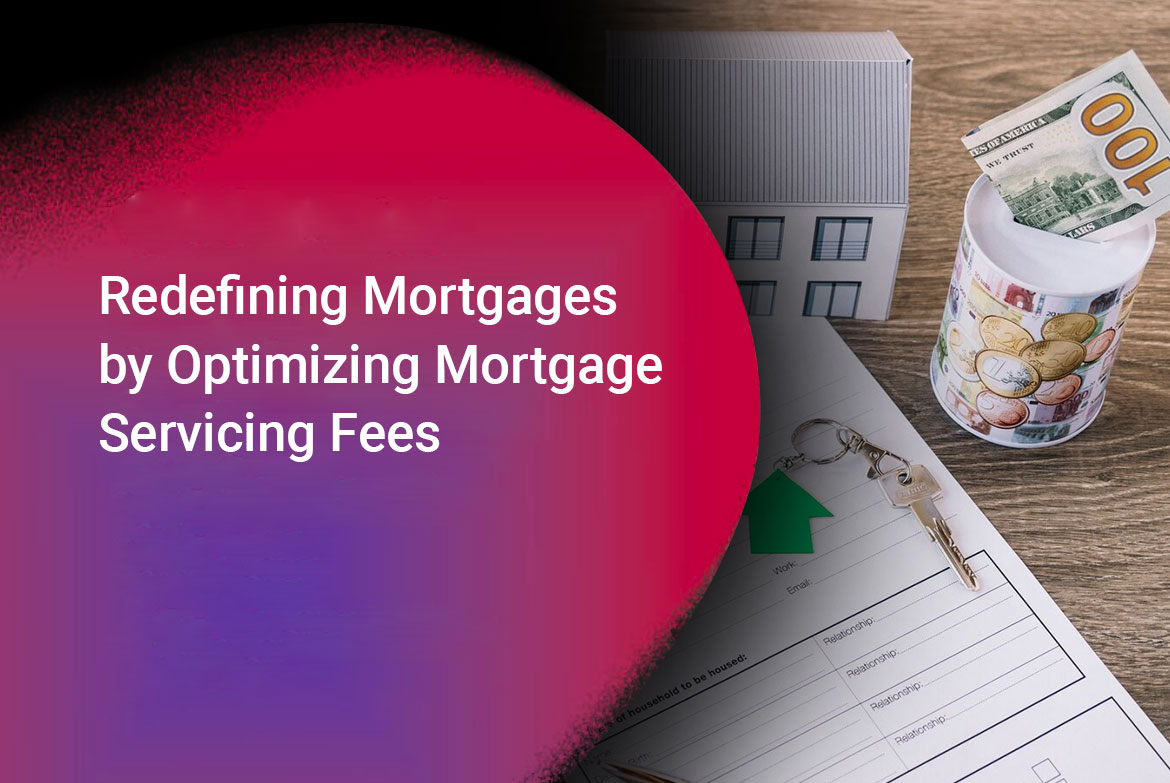Being successful in any industry requires the acknowledgement of risks and a comprehensive approach to addressing them. Risk mitigation is very important for those in the mortgage lending and service industry, because the cost of natural disasters is likely to rise over the coming years as more people migrate to more disaster prone coastal markets. Some weather events are more likely due to location and historical data, but it’s not possible to predict every possible outcome, either. This is a large part of the reason the mortgage industry has struggled with determining how to deal with Mother Nature.
Severe property damage could lead borrowers to simply bail on their home, presenting serious problems for lenders. The time required for repairing a damaged property or working with an insurance company to sort out the investigation can also be problematic and frustrating. This is why lenders must take an active role in assessing environmental challenges and the direct relationship these problems have to the mortgage industry.
Be Aware of Increasing Environmental Risks
According to the Summary of Natural Hazard Statistics created by the National Weather Service, in 2013 severe weather caused more than 400 deaths and upwards of $8.8 billion in property damage. Each year, environmental risks pose a big challenge to homeowners and the mortgage industry because of the havoc that can be wreaked by just one disaster.
The History of Mortgages and Mother Nature
The mortgage industry has always dealt with possible property damage risks, but it becomes even more of a challenge in geographic areas that have different weather problems. The risks in one area might not be the same as the likelihood of major storms or other events in another location, so it’s important to understand general weather trends and the chances of particular events.
Aside from the possibility of natural disasters in certain regions, be aware that not every kind of disaster can be predicted. General weather trends might be known about hurricanes, for example, but it’s more difficult to predict an earthquake or the potential damage of that event.
Consider Environmental Risks in Valuations
The standard methods of determining a borrower’s propensity to default on a mortgage doesn’t take into account the potential impact of a devastating natural disaster. Since the costs of damages and the impact to the mortgage industry is only growing with time, the valuation process should include potential environmental impacts as well. In order to ensure that all pertinent information is on hand at the time of processing a mortgage application, consider using an additional tool to determine possible weather impacts. At the regional level, you might be more aware of general concerns like flooding or tornadoes, but also consider the possible outcomes of just one major storm.
Weather should be factored into the bigger picture across the board, not just in specific regions. This approach has also been suggested in the UK as well to help lenders understand possible implications for their own businesses.
Use Technology to Your Advantage
Improvements over the last several years with regard to technology give you the opportunity to gather and process environmental information quickly. Obtaining and reviewing this data on a regular basis could help lenders in the valuation process and to be better prepared with regard to prediction. More data collected means more information that can generate thoughtful approaches about next steps and potential solutions. For instance, the availability of detailed geo spatial data has made tying hazard risks to individual properties a reality.
Based on the topography and type of ground cover at home, it is now possible to predict which properties in particular areas are exposed to wild fire risk. This may help both the home owner and the mortgage lender in combating Mother Nature’s fury, which needless to say, would continue to plague the Mortgage Industry more than anything else!




